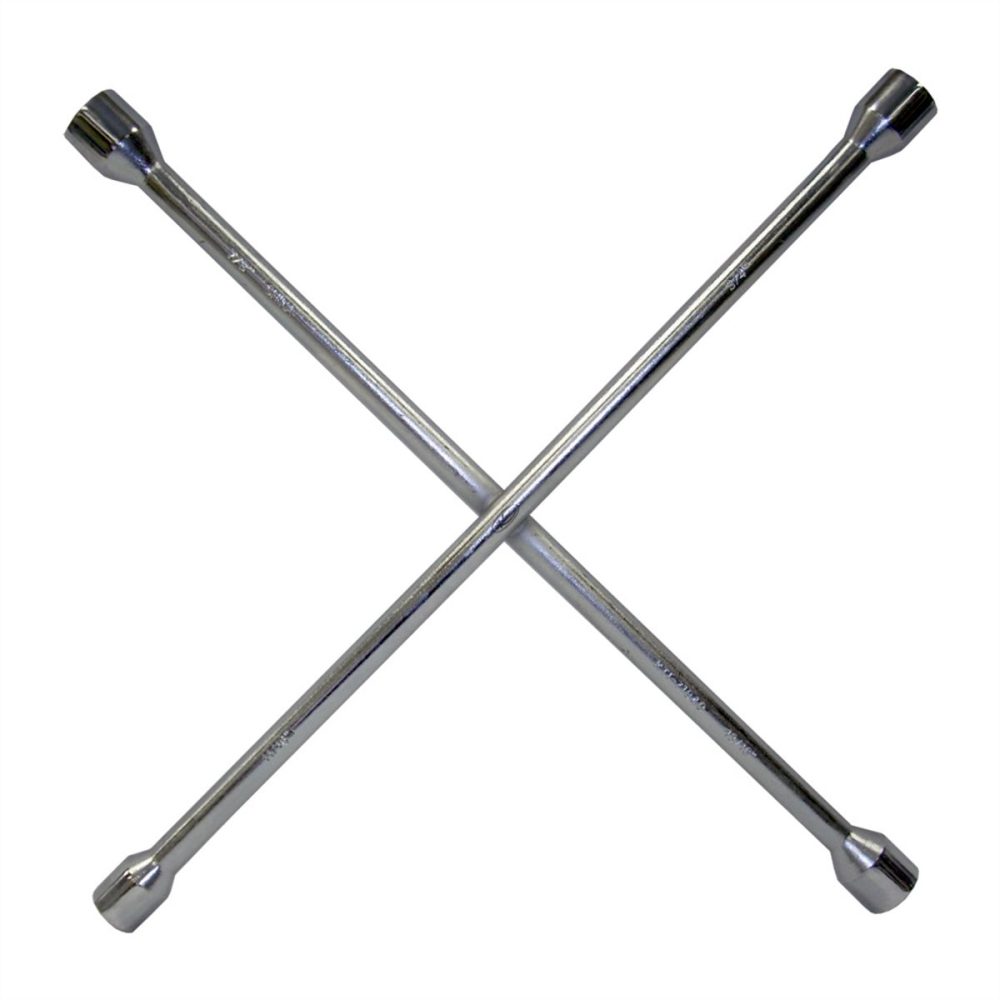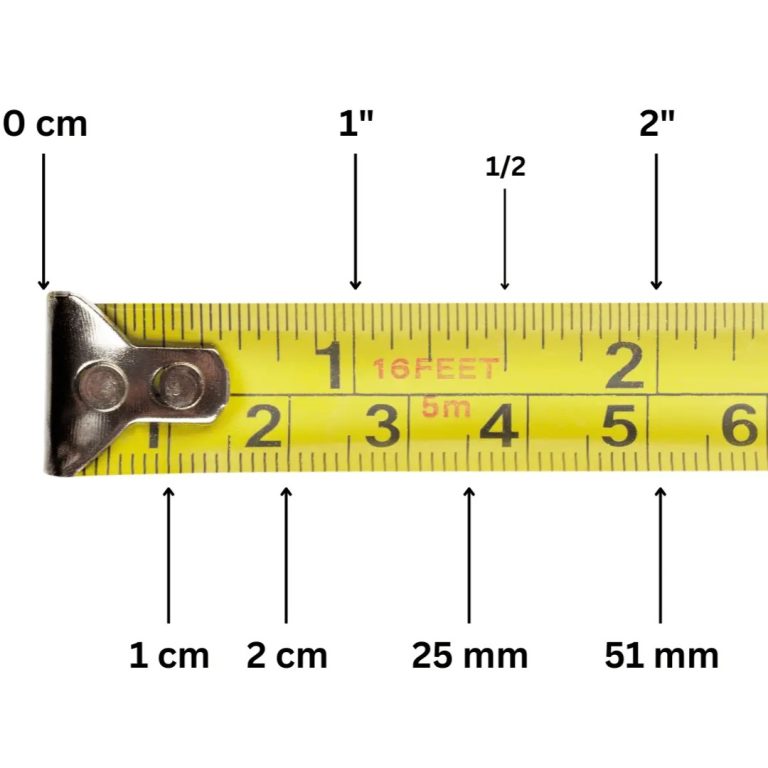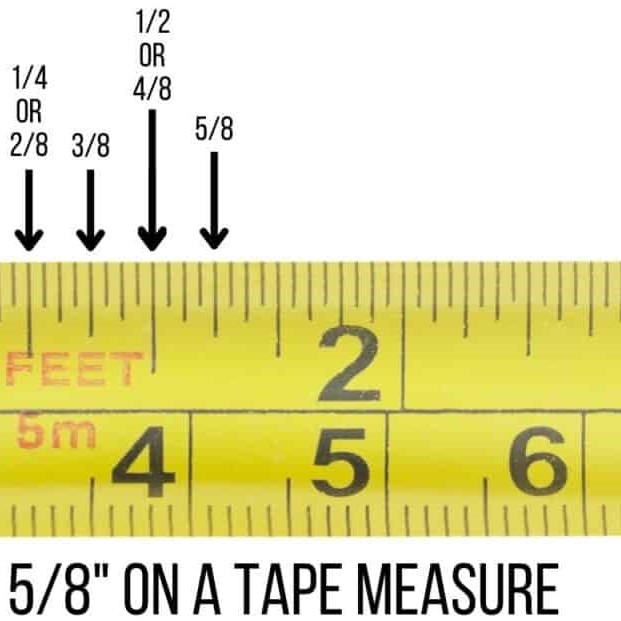
Mastering Lug Wrench Usage: Guide to Tire Changing Essentials
What is a Lug Wrench?
A lug wrench is a tool every driver should know about. It’s for loosening and tightening lug nuts on a vehicle’s wheels. Typically, it has a cross shape, with a socket on each end. Different sizes fit various lug nuts. Some lug wrenches have a single socket and a T or L shape. They are essential for changing a tire or doing wheel maintenance. Easy to use, lug wrenches must be part of your vehicle’s emergency kit.

Types of Lug Wrenches
When it comes to selecting a lug wrench, knowing the various types available is crucial. The most common form is the four-way (cross-shaped) wrench. It offers four different socket sizes, one on each end. This design allows compatibility with various lug nut sizes. Ideal for versatility, it’s a popular choice among drivers.
Another type is the L-shaped wrench. This wrench usually has one socket on the long end. It may come with a bar or pipe to extend leverage. Its shape makes it easy to store.
Then there’s the T-shaped wrench, similar to the L-shape but with a handle across the top. This crossbar provides better grip and turning power.
There’s also the telescoping lug wrenches. This type extends for extra leverage and then collapses for compact storage. A perfect pick for those who need more torque without much effort.
Lastly, some modern vehicles come with a socket wrench that fits their lug nuts perfectly. These are specific to the car’s wheel size and type. They are not universal but ensure a precise fit.
Choosing the right lug wrenches is about matching it to your vehicle’s needs. Consider wheel size, lug nut type, and how often you’ll use it. Each type has its own set of advantages, so pick the one that best suits your situation.
 Steps to Properly Use a Wrench
Steps to Properly Use a Wrench
Proper use of a lug wrench ensures safety and efficiency. Below are detailed steps to utilize this essential tool effectively:
- Park Your Vehicle on a Flat Surface: To prevent the car from rolling, always use the parking brake and choose a sturdy, level place before you begin.
- Remove Hubcap or Wheel Cover (if applicable): Some vehicles feature hubcaps that cover the lug nuts. Pry this off first to gain access.
- Loosen the Lug Nuts Slightly: Before lifting the vehicle, turn the lug nuts counterclockwise with the lug wrenches. Don’t remove them completely; just break their resistance.
- Lift the Vehicle with a Jack (if necessary): If you’re changing a tire, lift the vehicle high enough so that the tire can be removed easily.
- Fully Remove the Lug Nuts: Once the car is supported securely, fully unscrew and remove the lug nuts. Keep them in a safe place where they won’t roll away or get lost.
- Secure the Wheel and Replace Lug Nuts: After completing your wheel-related task, place the wheel back and hand-tighten the lug nuts.
- Lower the Vehicle and Tighten Lug Nuts: Use the lug wrenches to tighten the nuts in a star pattern for even pressure. This step should be done after the vehicle is back on the ground.
- Check the Tightness: After driving a short distance, recheck the tightness of the lug nuts to ensure they haven’t loosened.
Following these steps with a lug wrench will help you manage wheel changes and maintenance with confidence. Keep your lug wrenches in an accessible spot in your vehicle for unexpected situations.
Tips for Selecting the Right Wrench
Selecting the proper lug wrenches is vital for the maintenance and safety of your vehicle. It’s important to consider several aspects before making a purchase. Here are some tips to help you choose the right lug wrenches for your needs:
- Determine Your Vehicle’s Lug Nut Size: Check your vehicle’s manual to find the correct lug nut size. This ensures the lug wrenches you buy will fit your vehicle’s lug nuts.
- Consider the Wrench Handle Length: Longer handles offer greater leverage, making it easier to loosen tight lug nuts. However, they require more storage space. Choose a length that balances effort and convenience.
- Evaluate the Wrench Material: Quality lug wrenches are often made from steel or hardened alloys. These materials ensure durability and the ability to withstand high torque.
- Look for a Comfortable Grip: A wrench with a contoured or padded grip can reduce hand fatigue and offer a better turning experience.
- Type of Lug Wrenches: Decide between a standard four-way, T-shaped, L-shaped, or telescoping wrench. Each has advantages, depending on the task and storage preferences.
- Portability and Storage: If space is an issue, consider a collapsible or telescoping lug wrenches. They’re easier to store and carry in your vehicle.
- Price and Quality: Don’t compromise on quality for a lower price. A robust lug wrench is a one-time investment that will last for years.
- Brand Reputation: Do some research on brands. Look for those with positive reviews for their tools’ reliability and performance.
By considering these points, you’ll be able to select the right lug wrenches to suit your vehicle’s needs and your preferences for ease of use and effectiveness. Always remember, having the right tool makes the job easier, safer, and more efficient.
 Maintenance and Care for Wrenches
Maintenance and Care for Wrenches
Looking after your lug wrenches can extend its lifetime and ensure its reliability. Below are practical tips to maintain and care for your lug wrenches:
- Keep It Clean: After each use, wipe off any dirt or grease. This prevents rust and keeps the wrench in good condition.
- Check for Damage: Regularly inspect your lug wrenches for signs of wear or damage. Look for cracks or bends in the metal.
- Lubricate Moving Parts: If your lug wrench has moving parts, like a telescoping handle, use a lubricant. It helps to maintain smooth operation.
- Store Properly: Keep your lug wrenches in a dry place to prevent corrosion. Avoid leaving it exposed to the weather.
- Avoid Over-torqueing: Using your lug wrenches with too much force can cause damage. Twist with care to avoid bending.
- Keep It Accessible: Store your lug wrenches in your vehicle, where you can easily reach it in case of a tire change.
- Rust Prevention: If you notice light rust, remove it with sandpaper and apply a rust inhibitor.
- Handle with Care: Avoid using your lug wrenches for tasks it wasn’t designed for. It’s for lug nuts only.
By following these simple steps, you can keep your lug wrenches functioning efficiently and safely for years to come.
Common Mistakes to Avoid When Using Wrenches
When utilizing a lug wrench, avoid these common errors to ensure a smooth and safe experience:
- Ignoring the Manual: Don’t skip the step of checking your vehicle’s manual. It has crucial information about the right size lug wrenches for your car’s lug nuts.
- Over-torqueing Lug Nuts: Do not over-tighten lug nuts. It may cause the bolts to warp or threads to strip. That makes them harder to remove next time.
- Cross-threading Lug Nuts: Start tightening by hand to prevent cross-threading. Misaligned threads can damage both the nut and the bolt.
- Using the Wrong Size: A wrench that doesn’t fit properly can strip the corners of the nut. Always use the correct size socket for your lug nuts.
- Forgetting the Star Pattern: Always tighten lug nuts in a star pattern. It spreads the pressure evenly and prevents the wheel from warping.
- Inadequate Leverage: Using a wrench with a short handle can make it tough to loosen nuts. A long handle wrench provides better leverage and eases the job.
- Neglecting to Re-tighten: After driving a short distance, re-tighten the lug nuts. They can loosen as the wheels settle into place, especially if they were not tightened sufficiently the first time.
- Not Checking for Damage: Before using a lug wrench, inspect it for any signs of damage. Using a compromised wrench can be dangerous and might fail when you need it most.
Making a mental checklist of these points before using your lug wrenches can save you time and prevent potential mishaps.
 Wrench Safety Guidelines
Wrench Safety Guidelines
Safety should always be your priority when using a lug wrench. Here are essential safety guidelines to follow:
- Wear Protective Gear: Put on gloves to protect your hands and safety glasses to shield your eyes from flying debris.
- Check the Wrench Before Use: Examine your lug wrenches for any damage before beginning. Look for cracks or deformities.
- Use the Right Size Wrench: Ensure the socket fits the lug nut snugly to avoid slipping and potential injury.
- Stand Firmly: Keep a solid stance when applying pressure to the lug wrenches. Plant your feet shoulder-width apart.
- Apply Pressure Slowly: Increase force gradually to prevent the wrench from slipping off the nut unexpectedly.
- Keep Bystanders at a Distance: Make sure that no one is within your immediate working area to avoid accidental injury.
- Do Not Overreach: Keep your balance and do not stretch beyond a comfortable position while using the wrench.
- Store Wrench Securely: After use, place the lug wrenches back securely in your vehicle to prevent it from becoming a projectile during a sudden stop.
Following these safety guidelines when using your lug wrench is crucial for preventing accidents and ensuring your well-being.
When to Replace Your Wrench
Like any tool, a lug wrench can wear out and may need replacement. You should consider getting a new lug wrench if you notice the following signs:
- Visible Wear and Tear: If your lug wrench shows significant signs of wear, like bent arms or cracked sockets, it’s time to replace it.
- Corrosion or Rust: A rusty lug wrench could break when you need it the most. If rust isn’t removable or has weakened the tool, get a new one.
- Slipping Off Lug Nuts: A lug wrench that doesn’t grip well or slips off the lug nuts may have worn-out sockets. Using it can strip your lug nuts.
- Inadequate Torque: If it becomes hard to generate enough force to loosen or tighten lug nuts, your wrench may not be working efficiently anymore.
- Update in Vehicle: When you buy a new vehicle, especially if it has different lug nut sizes, you might need a different lug wrench.
Make sure any new lug wrench fits well, performs effectively, and is made from durable materials. Keep your safety and convenience in mind when choosing a replacement. Remember, a reliable lug wrench is a key component of your vehicle’s emergency kit.
Frequently Asked Questions
To further enhance your understanding of lug wrenches, here are answers to some commonly asked questions:
What Size Lug Wrench Do I Need?
The size of the lug wrench you need depends on your vehicle’s lug nut size. Consult your vehicle’s manual or measure the lug nuts to determine the appropriate size. Most lug wrenches are designed to fit a range of sizes, but ensuring compatibility is essential for effective use.
Can I Use a Regular Wrench as a Lug Wrench?
While a regular wrench can be used in a pinch, a lug wrench is specifically designed for removing and tightening lug nuts. Lug wrenches provide better leverage and fit, making the process easier and reducing the risk of damaging lug nuts or the wrench itself.
How Do I Prevent My Lug Wrench from Rusting?
To prevent your lug wrench from rusting, keep it clean and dry after each use. Store it in a dry location and consider applying a protective coating, such as oil or a rust inhibitor, to prevent corrosion. Regular maintenance ensures your lug wrench remains in good condition.
Is It Safe to Use a Lug Wrench on All Vehicles?
Most lug wrenches are designed to fit a wide range of vehicles, but it’s essential to check compatibility with your specific make and model. Using an incompatible lug wrench can damage lug nuts or the tool itself, so always verify the fit before attempting to use it.
Where Should I Store My Lug Wrench?
Store your lug wrench in a designated compartment within your vehicle’s trunk or in a specific tool box. Keeping it secure and easily accessible ensures that you can quickly retrieve it during emergencies. Additionally, labeling the storage area helps you locate the lug wrench when needed.
 Conclusion
Conclusion
A lug wrench is more than just a tool; it is a vital component of your vehicle’s emergency kit that ensures you are prepared for unexpected tire issues. By understanding the different types of lug wrenches, how to use them effectively, and essential maintenance practices, you can enhance your vehicle’s safety and your overall driving experience. Investing in a high-quality lug wrench not only provides peace of mind but also empowers you to handle roadside emergencies with confidence and ease. Ensure that your vehicle’s toolkit includes a reliable lug wrench, and take proactive steps to maintain it, thereby safeguarding your journey on the road.

